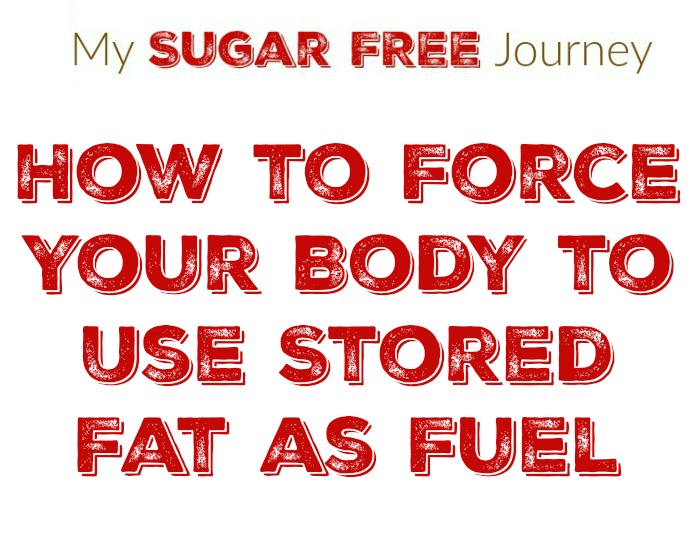How to Force Your Body to Use Stored Fat as Fuel
These are the notes from last night’s video in the 28 Day Challenge. You can join us in the 28 Day Challenge FaceBook Group here, get our FREE 28 Day Ketogenic Meal Plan here, and pick up our recipe and instructional books here.
So what controls this metabolic process we discussed yesterday? Well, I’ll tell you this, it isn’t eating less and it isn’t exercising more, this is a hormonal process happening on the metabolic level and while there are several hormones involved in the process, there is one that has the primary function in this process, insulin.
Insulin’s job is to make sure that every cell in your body has access to the glucose your body just created from the food you ate and if there is too much glucose available to use right this minute, it stores it; either in your muscles as glycogen or in your fat cells where it can bond with fatty acids to form triglycerides and make you a little fatter. It does this primarily through 2 enzymes. The first is Lipoprotein Lipase or LPL. LPL sticks out on the surface of a cell to grab fat and pull it into cell. LPL is not only the reason you get fat but it determines where the fat is stored. For instance it is more prevalent in the hips and bosoms of women causing them to put more weight on in those areas. In men it’s more prevalent in the gut area.
LPL is also the reason exercise doesn’t work to make us thinner. When we exercise, LPL activity on the muscles increases so we have energy to burn and we get a little leaner but as soon as we finish exercising the process reverses itself and more LPL activity is on the fat cells. This is also why you get hungry after a workout.
So what drives LPL activity? Insulin. The higher your insulin levels the more LPL works to pull fat and glucose out of the bloodstream into your fat cells and the fatter you get. Insulin also tells your muscles to prefer glucose over fatty acids for energy so if your insulin levels are high those fatty acids in your blood stream get returned to your fat cells unused and you get a little fatter.
Now let’s talk about the other enzyme involved in this process, Hormone Sensitive Lipase or HSL. HSL is the hero in our weight loss story because it works to break down triglycerides within the fat cells into fatty acids and glycerol that the rest of the body can use for fuel. The more active HSL is in our body, the more fat that is liberated from our fat cells and the thinner we get. But guess what suppresses HSL, that’s right, our old friend Insulin. And it takes a shockingly small amount of insulin to stop HSL activity and stop weight loss.
So here’s the secret. Eat foods that cause an insulin spike and you get fatter, avoid those foods and you get thinner. It’s not really a whole lot more complicated than that but that’s not the whole story because chronically high levels of insulin affects your health in many ways besides just weight gain. In fact many of the so called “diseases of civilization” or diseases that aren’t caused by viral or bacterial infections that increase as we get older can be traced back to high insulin levels.
More on that in tomorrow’s lesson.
Don’t miss a post! Click here to sign up for our daily email!



2 thoughts on “Day 10: How to Force Your Body to Use Stored Fat as Fuel”
-
Pingback: How Sleep Can Affect Your Weight Loss Efforts
-
Pingback: The Role Of Insulin In Weight Gain
Leave a Reply